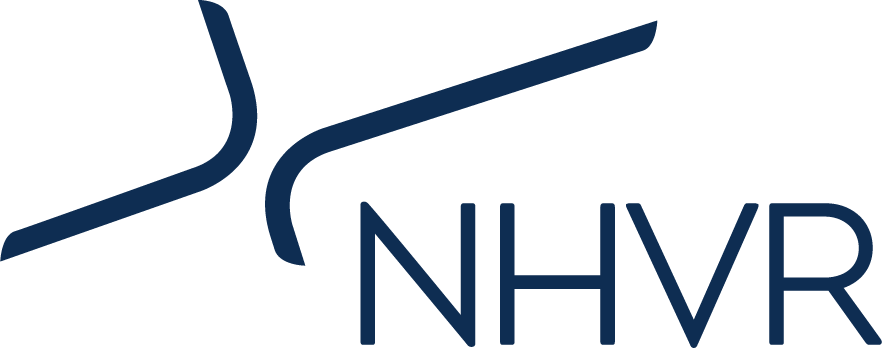PBS Vehicle Approval explained - PBS Payload Heights
PBS Vehicle Approval explained - PBS Payload Heights
National
Heavy
Vehicle
Regulator
PBS Payload Heights
The maximum Payload Heights (PH) a PBS combination is permitted to carry under PBS approval are stipulated in 'Operation Condition 4' of the PBS Vehicle Approval (VA).
The maximum Payload Heights are stipulated in the PBS Design Approval (DA) under which a specific combination is approved and issued with a VA and represent the maximum payload heights the vehicle can be loaded to whilst maintaining the assessed level of performance against the PBS Standards.
PBS payload types
Payloads are classified into different types, these include:
- Heaped payload
- Water level payload
- Uniform density
- Mixed freight.
Heaped payload: A type of load that is piled up above the main part of the load in a peak shape, typical for bulk materials like sand or gravel.
Water level payload: A payload type where the material is levelled off, resembling the flat surface of water.
Uniform density: Payloads that have the mass equally distributed throughout the volume of the load space, such as boxed ceramic tiles or canned drinks.
Mixed freight: A type of payload where heavier items are placed on the bottom of the load and lighter items on top. For example, a mix of boxes of different weights, with heavier boxes placed on the bottom while lighter boxes are placed on the top.
The type of payload and its height impact the vehicle's Centre of Gravity Height (CoG) and, consequently, its rollover stability. The Static Rollover Threshold (SRT) is a PBS safety standard designed to mitigate the risk of rollover during turns.
Different payload types result in variations in CoG heights affecting the vehicle’s SRT performance. As a result, different payload types have different maximum allowable Payload Heights to ensure safety and compliance with PBS standards.
Other reasons for different Payload Heights
In addition to payload types, the maximum allowable PHs can vary based on several factors that influence the performance and stability of a vehicle, including:
- Suspension type
- Total Combined Mass (TCM)
- Tyres
- Level of PBS Approval.
Interpreting PBS Payload Height tables
PHs are measured in meters from the ground to the top of the load.
Truck and dog PH table example
To ensure compliance and safe operation, the truck can be loaded to a maximum of 3.230m, and the trailer to 3.290m, when measured from the ground to the top of the load.
Note that maximum PHs in VA 'Operating Condition 4' may not align with the bin's top edge, being either lower or higher. This variance is due to PH values in the VA reflecting maximum limits from the PBS Design Approval. Operators must adjust the loading of the vehicle to align with the actual bin dimensions and ensure safe and suitable vehicle use.
A-double PH table example 1
Typically, A-double combinations will have varying PHs based on payload type and mass:
A-double PH table example 2
In this example, PHs vary depending on the PBS Level of Approval and payload type. Different PBS Levels have different SRT limits which results in different PHs being allowed for Level 2 and Level 3.
Payload Management Procedure (PMP)
When easy roadside verification of payload heights is unfeasible, such as for vehicles carrying sealed shipping containers, there may be a requirement for a Payload Management Procedure (PMP). A PMP demonstrates how loading of the vehicle and resultant PH’s will be achieved and maintained to ensure compliance with the PBS requirements.
If a PMP is required for your combination it will need to be supplied to the NHVR as part of a VA application.
NHVR have developed templates to assist with creation of a PMP:
- PBS Payload Management Procedure (PMP) - Containers Template (DOCX, 90KB)
- PBS Payload Management Procedure (PMP) - Tankers Template (DOCX, 87KB)
For further information, please refer to PBS Payload Management Procedure (PMP) - Information Sheet (PDF, 224KB) or YouTube video - Payload Management Procedures for PBS heavy vehicle operators (PMP).
NHVR PBS contacts
- For questions about PBS Design Approvals, contact our PBS Designs team at pbsdesigns@nhvr.gov.au
- For questions about PBS Vehicle Approvals, contact our PBS Vehicle Approvals team at pbs@nhvr.gov.au
- For questions about access and permits to operate your PBS vehicle on the road, contact us.

 Accessibility tools
Accessibility tools

